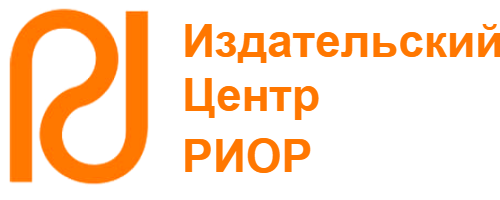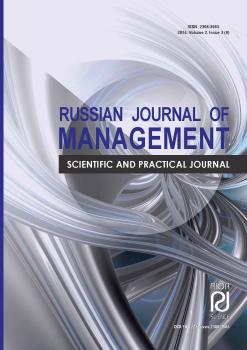Moscow, Russian Federation
The paper discusses investment strategies of agents in technology markets (innovators, imitators, conservators), competitive strategies for innovative development as well as strategies of open and closed innovations. Some conclusions on innovative strategies of change management for large knowledge-intensive companies are drawn.
knowledge-intensive companies, innovative strategies, open and closed innovations change management
1. Инвестиционные стратегии на рынках технологий: новаторы, имитаторы, консерваторы
Инвестиционные стратегии на рынках технологий опираются на специфику управления жизненными циклами технологий. Напомним, что каждый технологический уклад, как и любой отдельный технологический процесс, развиваясь по закону логистической кривой, проходит в своей динамике три основные фазы. Вначале значительные усилия лишь очень слабо продвигают результат, достигаемый в требуемом направлении. Затем, по мере накопления критической массы технологического развития, следует технологический рывок, когда ощутимый результат достигается без больших усилий (это период расцвета, бума в развитии новой технологии). Впоследствии, по мере приближения к технологическому пределу, затраты (как в натуральном, так и в стоимостном выражении) значительно возрастают в пропорции к достигаемому эффекту. Приведенная динамика логистической кривой позволяет выделить три принципиально отличающиеся друг от друга фазы развития технологий (рис. 1).
1. Nizhegorodtsev R.M. Osnovy teorii innovatsiy [Foundation of theory of innovation]. Moscow, Dobroe slovo Publ., 2011.
2. Nizhegorodtsev R.M. Innovation strategies of investors and aims of economic policy. Vestnik Rossiyskogo gumanitarnogo nauchnogo fonda [Bulletin of Russian Humanitarian Research Foundation], 2008, no 4, p. 75-85.
3. Nizhegorodtsev R.M., Yaroslavskaya D.I. Problem of adverse selection and a modern institutional economy. Zhurnal ekonomicheskoy teorii [Journal of economic theory], 2007, no 4, p. 18-40.
4. Hawken P. The Next Economy. New York, Ballantine Publ., 1983.
5. Bell D. Coming post-industrial society: Experience in social forcasting. Moscow, Academia Publ., 1999.
6. Druker P. About professional management. Moscow, St. Petersburg, Kiev, Vil´yams Publ., 2006. (in Russian)
7. Yaruzel´ski B., Loer Dzh., Khol´man R. Why do a lot depends on culture? Strategiya + Biznes [Strategy + Business], 2011, no 65. URL: http://www.strategyand.pwc.com/media/file/Strategyand-Global-Innovation-1000-2011-Culture-Key-RU.pdf.
8. Nizhegorodtsev R.M., Vitushkina T.P. Role of intellectual capital in modern economic systems: adaptability, efficiency, change management. Vestnik Chelyabinskogo gosudarstvennogo universiteta [Bulletin of Chelyabinsk State University], 2014, no 18, Ekonomika, issue 46, p. 41-52.
9. Nizhegorodtsev R.M., Vitushkina T.P. Formation and use of innovative competencies as a tool for lifecycle management of technological innovation. Vestnik Yuzhno-Rossiyskogo gosudarstvennogo tekhnicheskogo universiteta (Novocherkasskogo politekhnicheskogo instituta). Seriya Sotsial´no-ekonomicheskie nauki [Bulletin of the South-Russian State Technical University (Novocherkassk Polytechnic Institute). A series of socio-economic sciences], 2014, no 6, p. 5-14.
10. Sominskiy V.S. The economy of new productions. Moscow, Ekonomika Publ., 1965.
11. Konson A.S. Economics of machines repair. Moscow, Mashinostroenie Publ., 1970.
12. Revenko N.F., Semenov V.V., Skhirtladze A.G. Economics of repair and maintenance of equipment of enterprises. Moscow, TNT Pybl., 2012.
13. Lyasnikov N.V., Nizhegorodtsev R.M., Dudin M.N., Sekerin V.D. Management of the innovation process: methodological principles and approaches. Vestnik ekonomicheskoy integratsii [Bulletin of economical intedration], 2013, no 10, p. 17-21.
14. Nizhegorodtsev R.M. The strategy of innovation breakthrough for Russia. Ekonomicheskie strategii [Economic strategies], 2008, no 1, p. 28-36.













